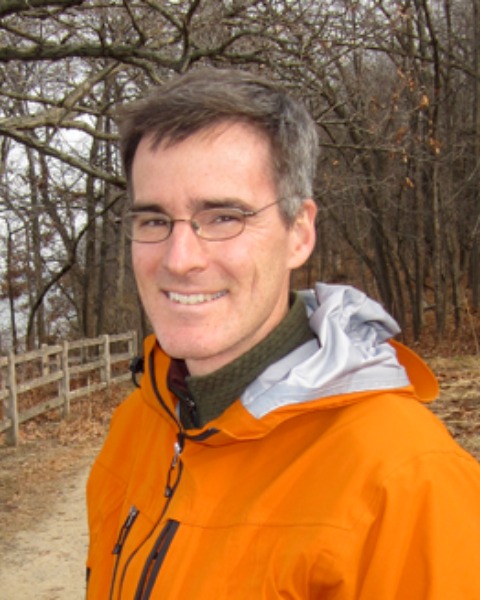Member Symposium
Systematics, Evolution, and Biodiversity
Plant-Insect Ecosystems
Poster Display
Biology and Conservation of Solitary, Ground-nesting Bees
SD21: Assessing location, habitat, and substrate preferences for native sunflower bees in California
Sunday, November 10, 2024
4:30 PM - 5:30 PM MST
Location: Phoenix Convention Center, 130

Neal M. Williams
Professor
University of California
Davis, California
Presenting Author(s)
Native specialist sunflower bees are thought to preferentially nest in soils under their host plants in cultivated sunflower fields. For species such as Melissodes agilis Cresson and Diadasia enavata Cresson that excavate relatively shallow nests (mean ~ 12 cm depth) annual tillage is likely to dramatically impact offspring survival. In such cases undisturbed areas adjacent to sunflower fields, and individual bees that nest in such locations, may be important for population persistence. Sunflower fields in California also are rotated annually such that sunflower does not occur in the same field in contiguous years. Surprisingly no studies have examined the densities of specialist bees emerging from fields cultivated in sunflower the previous year and compared these to nest densities in current sunflower fields. Nor have nest densities in rotational sunflower fields been compared to commercial field settings where sunflower is grown continuously, or to sites with persistent patches of native sunflower. Such information could strongly promote understanding the population dynamics of ground-nesting bees in working landscapes. We use a combination of survey methods to assess nest densities of common specialist sunflower bees within and adjacent commercial sunflower fields, and in more permanent stands of cultivated and native sunflower in the Sacramento Valley in Northern California.

.png)
